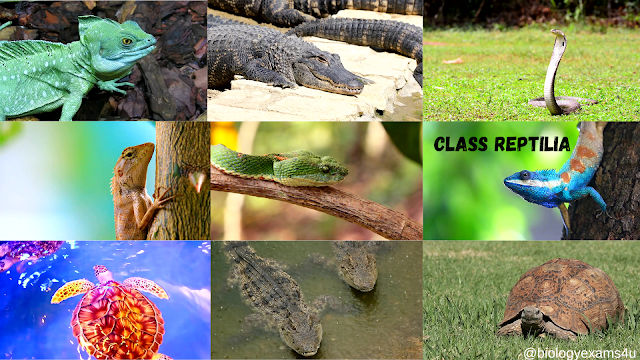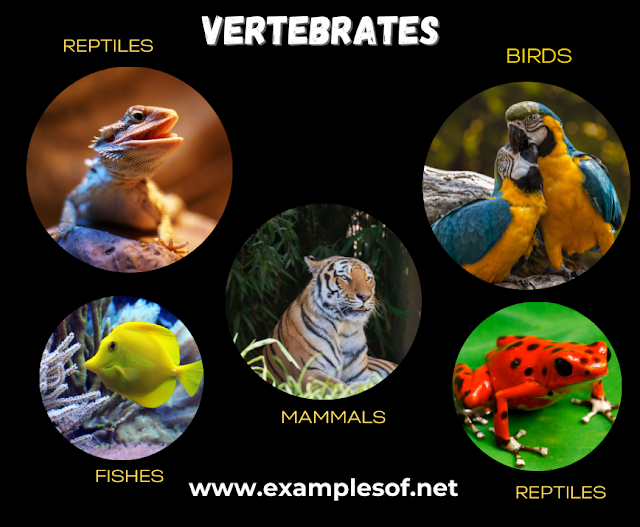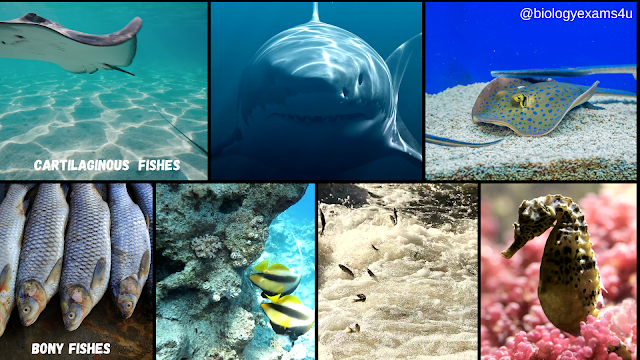These animals have a true vertebral column and internal skeleton, allowing a completely different distribution of muscle attachment points to be used for movement.
All chordates possess the following features:
i)have a notochord
ii) have a dorsal nerve cord
iii)are triploblastic
iv)have paired gill pouches
v)are coelomate.
Vertebrates are grouped into five classes.
a) Pisces/ Fishes : These are fish. They are exclusively aquatic animals. Their skin is covered with scales/ plates. They obtain oxygen dissolved in water by using gills. The body is streamlined, and a muscular tail is used for movement. They are cold-blooded and their hearts have only two chambers.. They lay eggs. We can think of many kinds of fish, some with skeletons made entirely of cartilage, such as sharks, and some with a skeleton made of both bone and cartilage, such as tuna or rohu.
2. Amphibia : These animals differ from the fish in the lack of scales, in having mucus glands in the skin, and a three-chambered heart. Respiration is through either gills or lungs. They lay eggs. These animals are found both in water and on land.

Examples: Frogs, toads and salamanders
3. Reptlia: These animals are cold-blooded, have scales and breathe through lungs. While most of them have a three-chambered heart, crocodiles have four heart chambers. They lay eggs with tough coverings and do not need to lay their eggs in water, unlike amphibians. Snakes, turtles, lizards and crocodiles fall in this category.

4. Aves / Birds : These are warm-blooded animals and have a four-chambered heart. They lay eggs. There is an outside covering of feathers, and two forelimbs are modified for flight. They breathe through lungs. All birds fall in this category

5) Mammals: Mammals are warm-blooded animals with four-chambered hearts. They have mammary glands for the production of milk to nourish their young. Their skin has hairs as well as sweat and oil glands.
Most mammals familiar to us produce live young ones. However, a few of them, like the platypus and the echidna lay eggs, and some, like kangaroos give birth to very poorly developed young ones.


